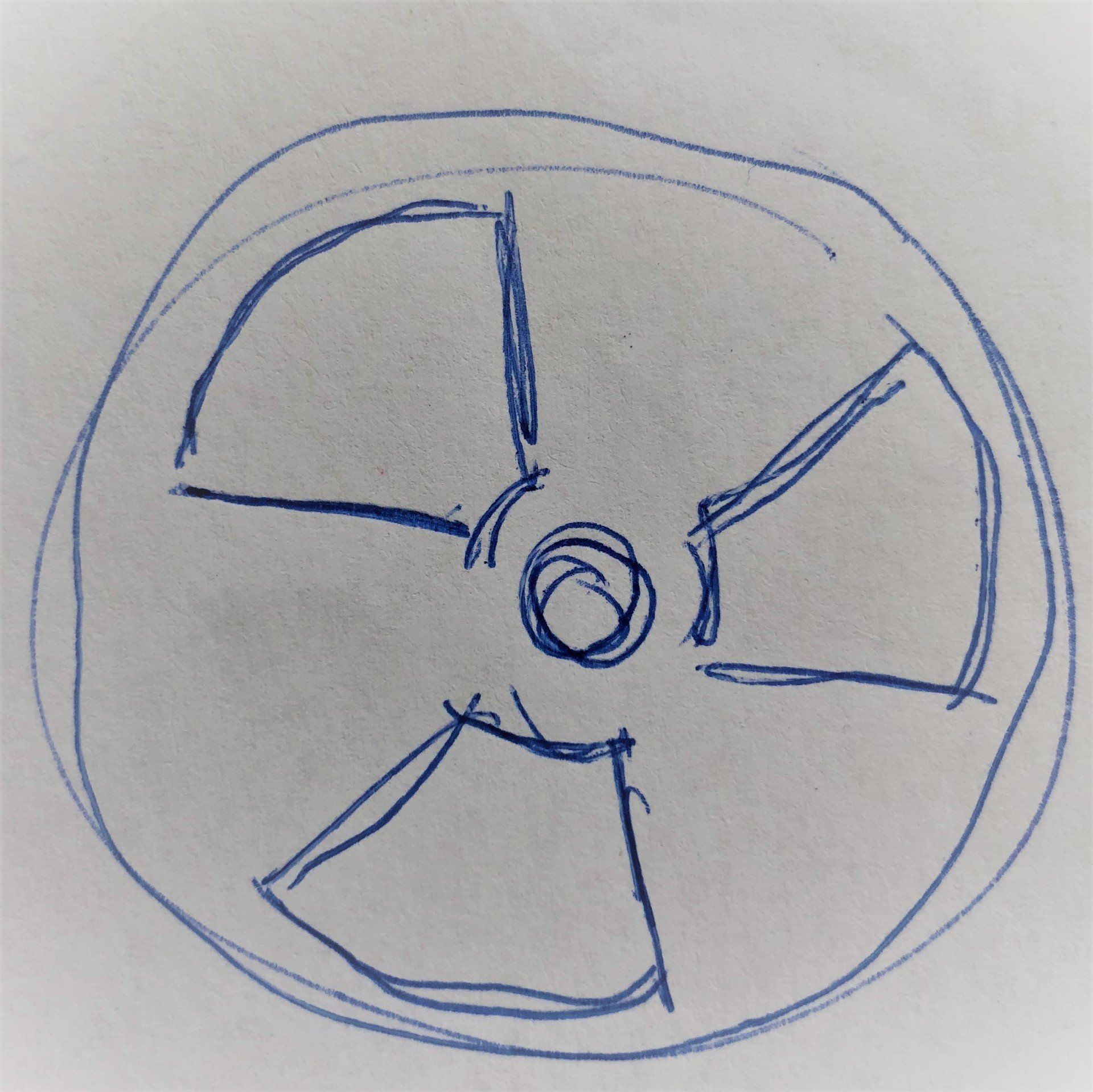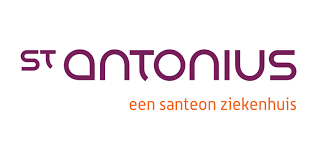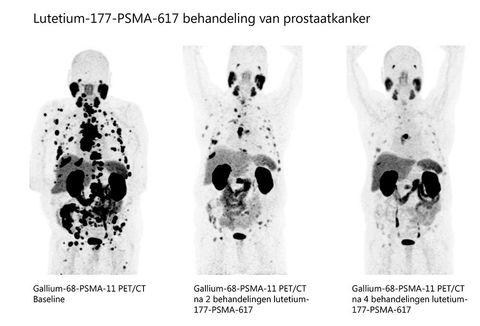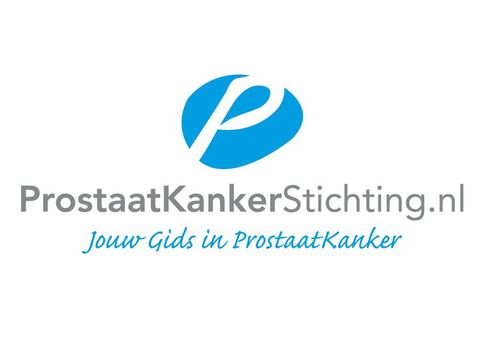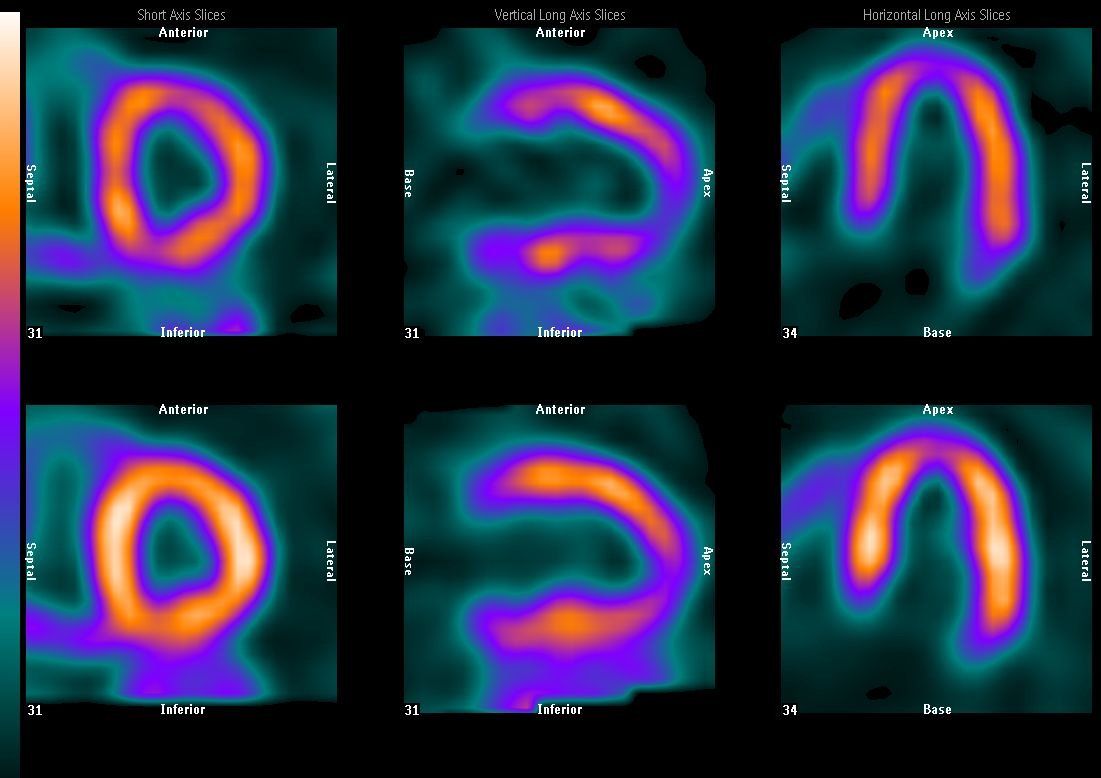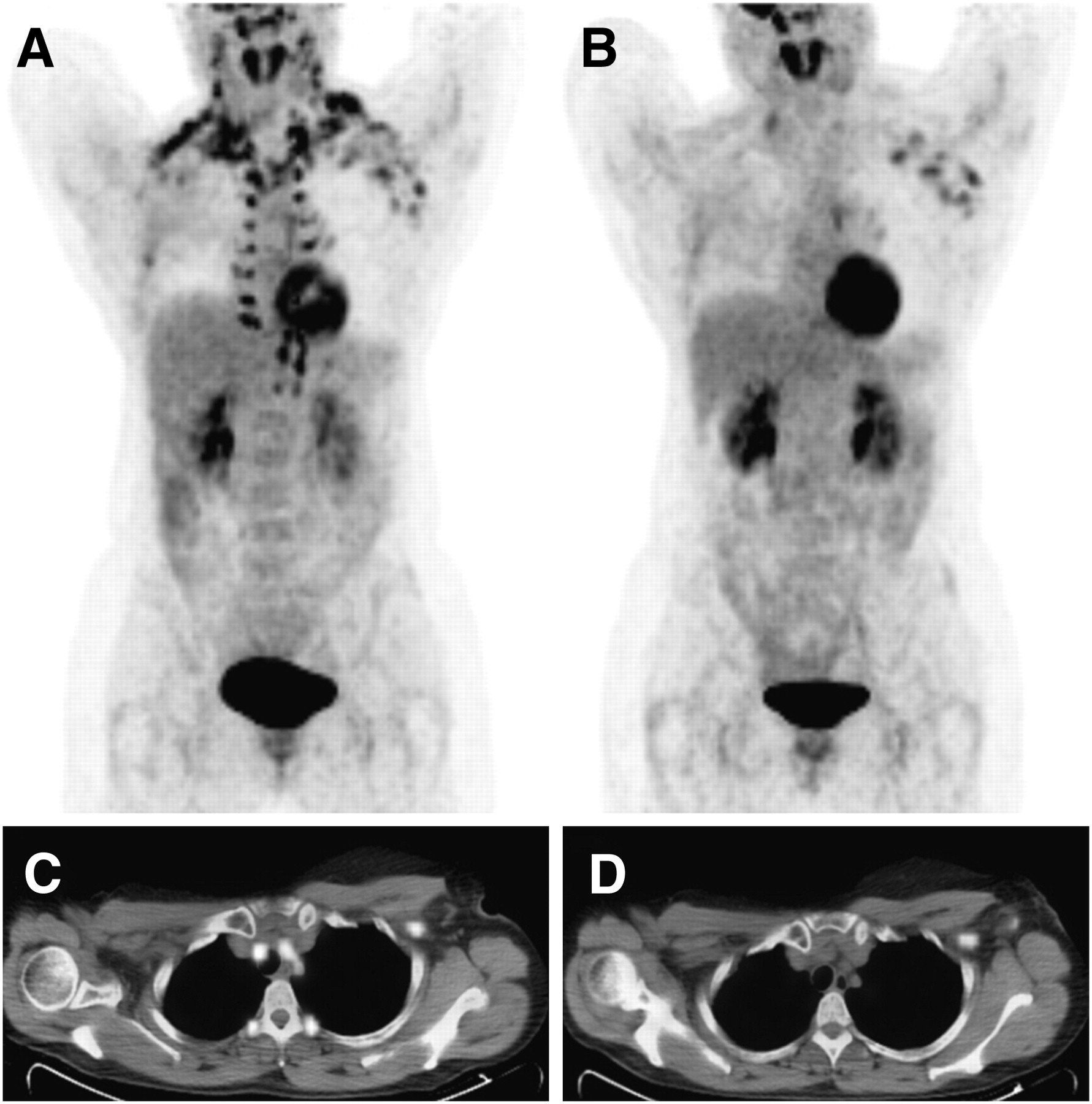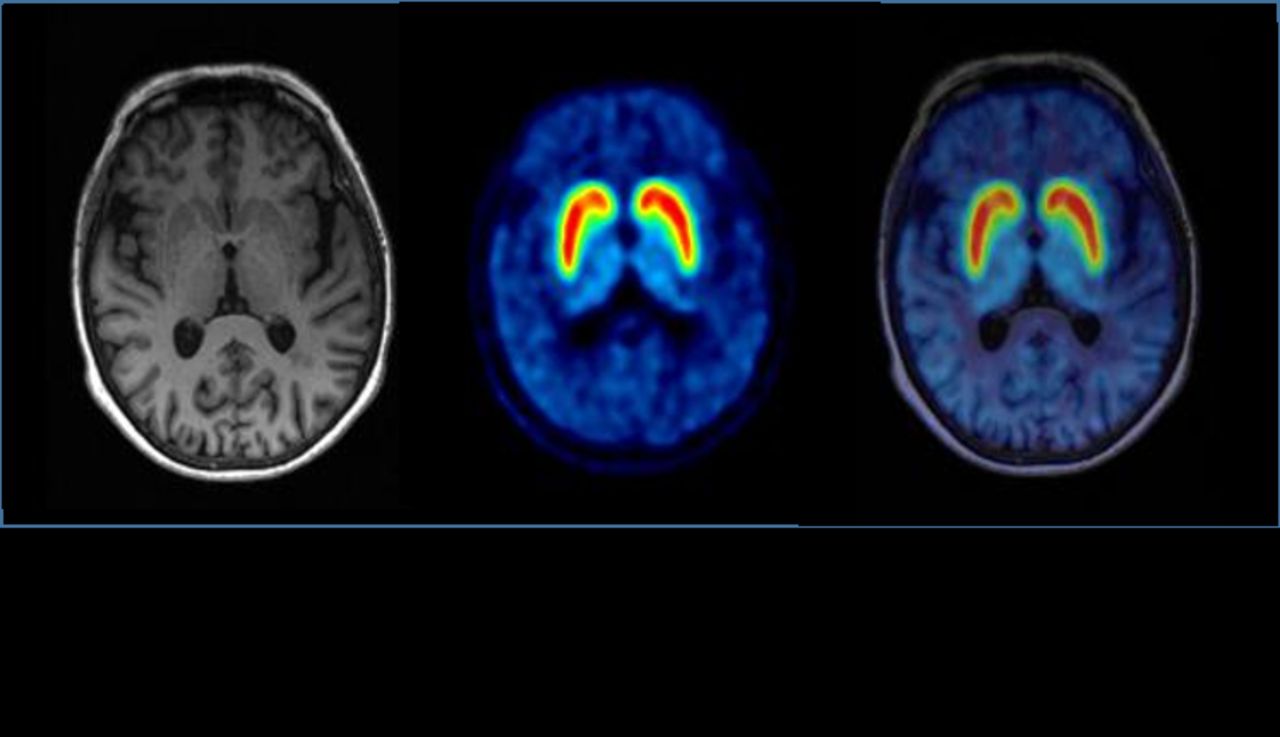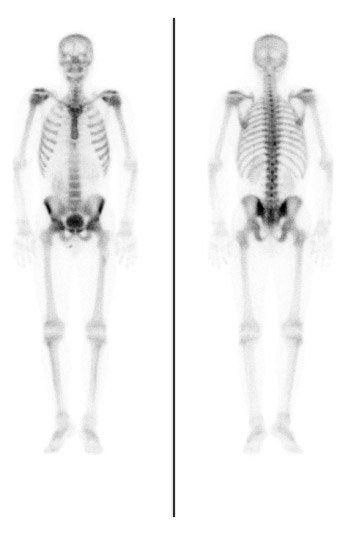Nucleaire geneeskunde
Nucleaire geneeskunde
Nucleaire geneeskunde is een medisch specialisme dat sinds 1985 bestaat.
Binnen de nucleaire geneeskunde wordt gebruik gemaakt van het verval van radioactieve isotopen voor zowel diagnostische als therapeutische doeleinden.
More nuclear to come...
More nuclear to come...
What is Nuclear Medicine and Molecular Imaging?
The discovery of x-rays more than a century ago profoundly changed the practice of medicine by enabling physicians and scientists to see inside the living body.
The discovery of x-rays more than a century ago profoundly changed the practice of medicine by enabling physicians and scientists to see inside the living body.
Today, modern medicine is undergoing another major transformation—and nuclear medicine and molecular imaging are on its leading edge, probing deep inside the body to reveal its inner workings.
Unlike conventional imaging studies that produce primarily structural pictures, nuclear medicine and molecular imaging visualize how the body is functioning and what’s happening at the cellular and molecular level. The evolution in diagnostic imaging—from producing anatomical pictures to imaging and measuring the body’s physiological processes—is critically important to all facets of medicine today, from diagnosing disease at its earliest stage and developing more effective therapies to personalizing medical treatment.
With the help of nuclear medicine and molecular imaging, scientists and healthcare providers are:
Gaining a better understanding of the pathways of disease
Quickly assessing new drugs
Improving the selection of therapy
Monitoring patient response to treatment
Finding new ways to identify individuals at risk for disease.
Unlike conventional imaging studies that produce primarily structural pictures, nuclear medicine and molecular imaging visualize how the body is functioning and what’s happening at the cellular and molecular level. The evolution in diagnostic imaging—from producing anatomical pictures to imaging and measuring the body’s physiological processes—is critically important to all facets of medicine today, from diagnosing disease at its earliest stage and developing more effective therapies to personalizing medical treatment.
With the help of nuclear medicine and molecular imaging, scientists and healthcare providers are:
Gaining a better understanding of the pathways of disease
Quickly assessing new drugs
Improving the selection of therapy
Monitoring patient response to treatment
Finding new ways to identify individuals at risk for disease.
PSMA PET
PSMA PET
PSMA is een stof die na toediening via een infuus snel wordt opgenomen door de meeste soorten prostaatkanker en slechts weinig wordt opgenomen door de meeste andere organen in het lichaam. Bij de PSMA PET/CT wordt aan het PSMA een licht radioactieve stof (meestal Gallium-68 of Fluor-18) gekoppeld die straling afgeeft waardoor de prostaatkanker en de uitzaaiingen
op de scan zichtbaar worden.
op de scan zichtbaar worden.
PSMA therapie
PSMA therapie
Als aan het PSMA een agressievere radioactieve stof
wordt gekoppeld (meestal Lutetium-177) kunnen de tumoren niet alleen zichtbaar worden gemaakt maar ook lokaal worden bestraald.
wordt gekoppeld (meestal Lutetium-177) kunnen de tumoren niet alleen zichtbaar worden gemaakt maar ook lokaal worden bestraald.
